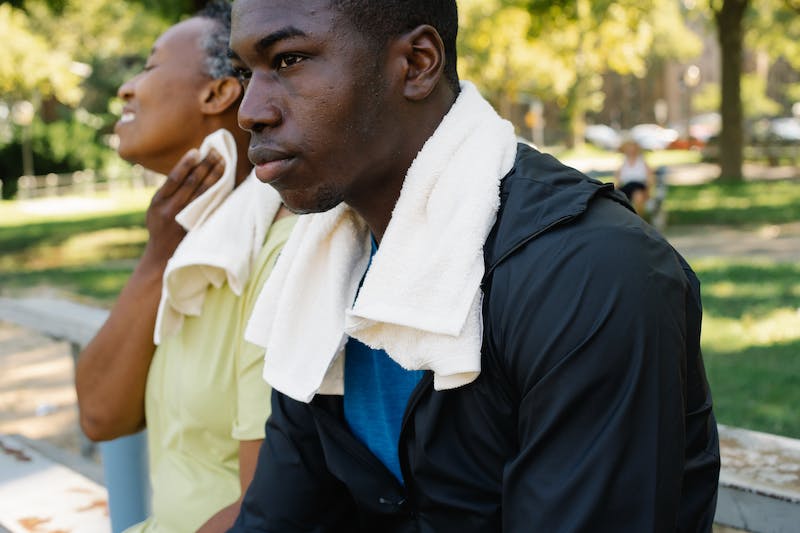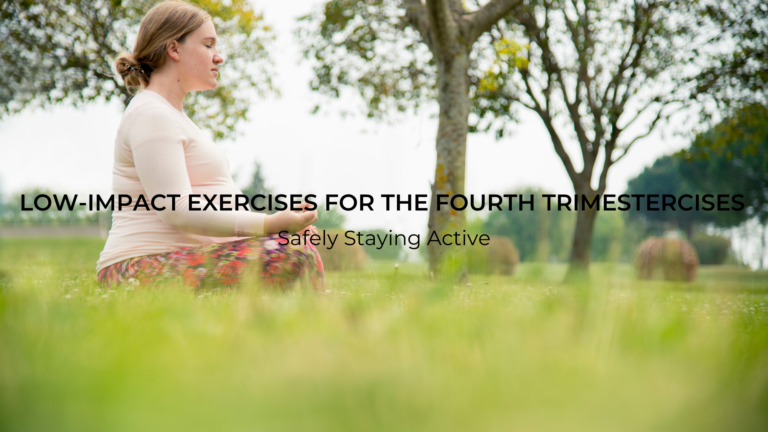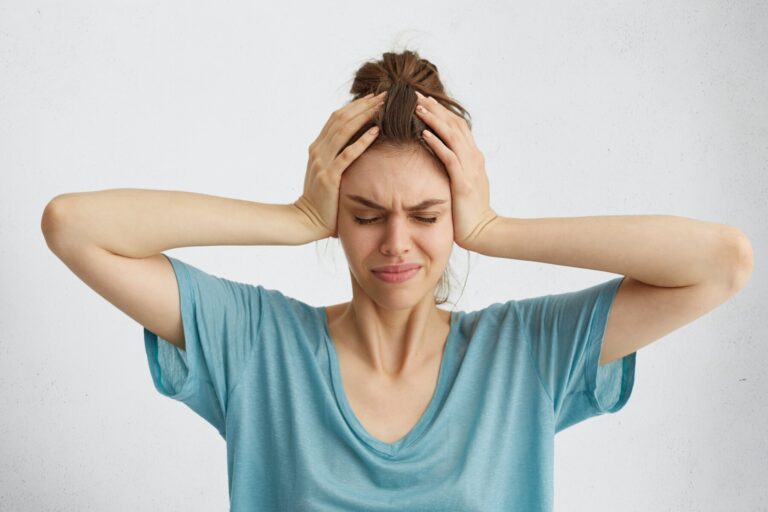Does Sweating More Mean You’re More Fit?
When it comes to sweating and fitness, the relationship may not be what you expect. Contrary to popular belief, sweating more doesn’t necessarily mean you’re less fit. As you become more physically fit, your body becomes more efficient at cooling itself, leading to an increase in sweat production. This natural response allows your body to better regulate its core temperature during exercise, ultimately enhancing your overall fitness. Let’s take a closer look at this intriguing connection between sweating and fitness.
Understanding Sweat and Fitness
Sweating is the body’s natural cooling mechanism, triggered by increased body temperature from exercise, heat, stress, or hormonal shifts. It plays a vital role in maintaining the body’s optimal temperature of 98.6 degrees Fahrenheit.
The Role of Sweating in the Body
Sweat primarily consists of water but also contains sodium, chloride, potassium, calcium, and magnesium. The volume and composition of sweat can vary based on several factors, including body size, age, muscle mass, health status, and fitness level. Hence, the amount and composition of sweat are not universal and can differ from person to person.
Misconceptions About Sweat and Exercise
Contrary to common misconceptions, sweating profusely does not necessarily correlate with fitness level. While it’s true that very fit individuals may sweat more than their less fit counterparts, the amount of sweat produced during exercise is influenced by various factors such as environmental conditions, body composition, and health status.
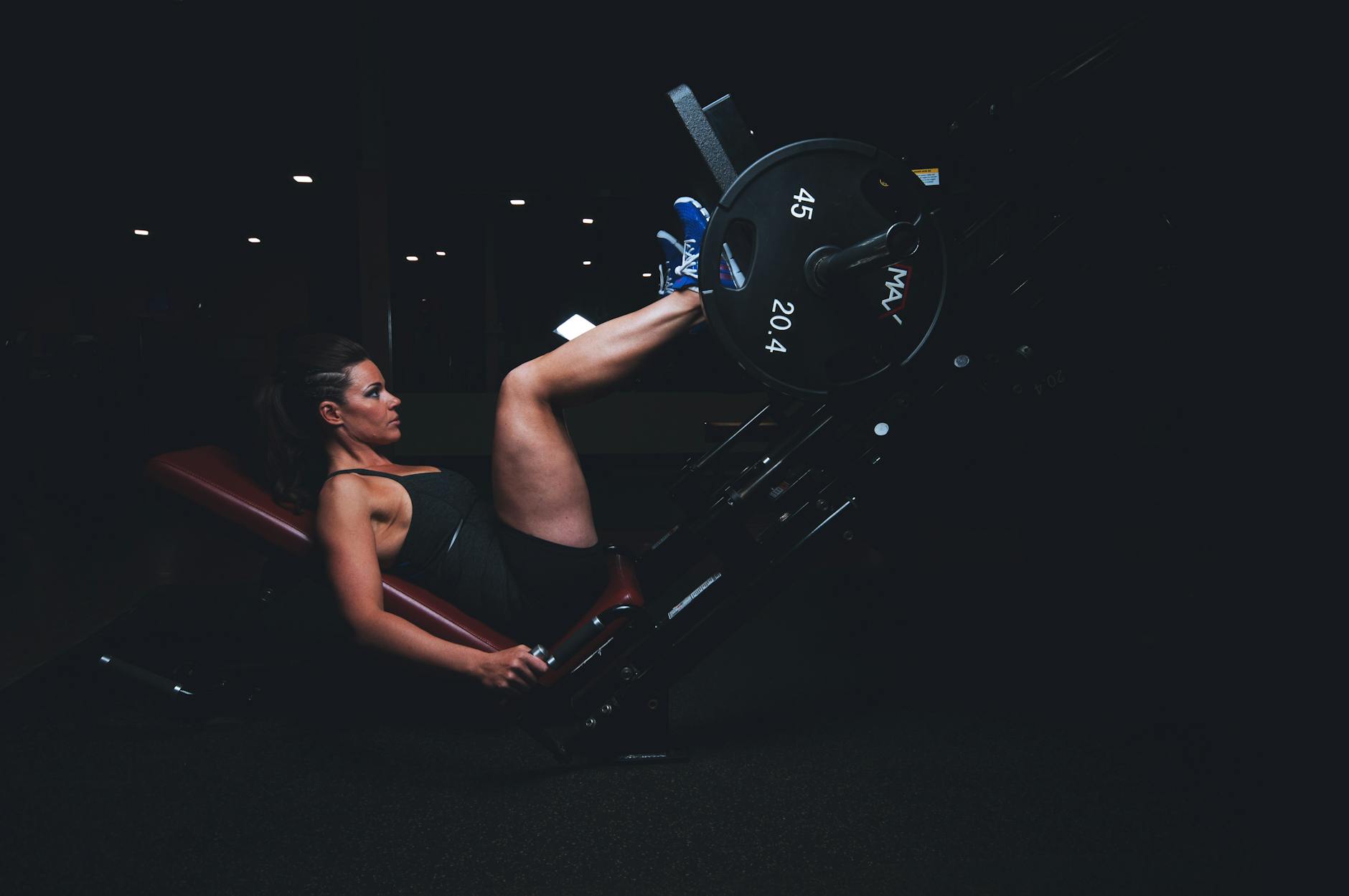 Photo by Scott Webb
Photo by Scott Webb
In summary, understanding the role of sweating in the body and dispelling misconceptions about its correlation with fitness level is crucial for individuals aiming to optimize their exercise and wellness routines.
How the Body Regulates Heat
The human body is equipped with a remarkable system for regulating heat during physical activity. This process involves the production of heat during exercise and the crucial role of sweat in cooling down the body.
Heat Production During Exercise
When we engage in physical activity, our muscles generate heat as they work. This increase in body temperature triggers the body’s cooling mechanisms, one of which is sweating. As the body heats up, the brain signals the sweat glands to release moisture onto the skin’s surface.
The Importance of Sweat in Cooling Down
Sweat plays a pivotal role in the body’s cooling process. As the moisture evaporates from the skin, it takes heat with it, effectively lowering the body’s temperature. This natural cooling mechanism helps prevent overheating during exercise, allowing the body to continue functioning optimally.
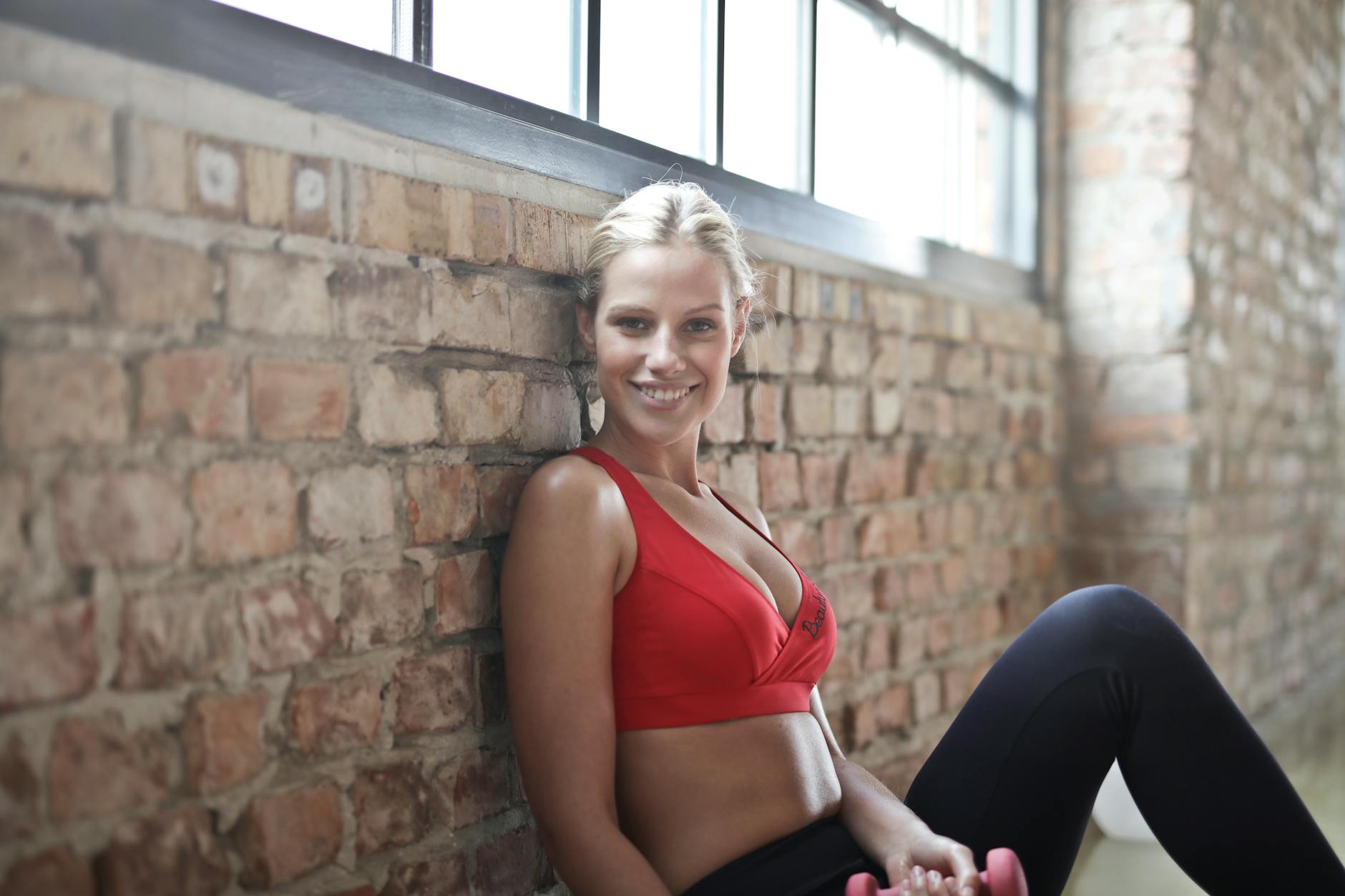 Photo by Andrea Piacquadio
Photo by Andrea Piacquadio
Fitness Level and Sweating
Sweating is often associated with physical exertion, and many people wonder if it correlates with fitness levels. Here, we delve into the relationship between fitness and sweating, exploring how the body’s response to exercise differs in trained and untrained individuals and why fit people might perspire more profusely.
Sweat Response in Trained vs. Untrained Individuals
Trained individuals generally exhibit a more efficient sweat response compared to their untrained counterparts. Through regular exercise and conditioning, the body adapts to dissipate heat more effectively, resulting in an increased sweat rate during physical activity. This enhanced ability to thermoregulate is a hallmark of improved fitness and allows trained individuals to sustain longer bouts of exercise with a diminished risk of overheating.
Why Fit People Might Sweat More
The propensity for fit individuals to sweat more stems from their bodies’ enhanced thermoregulatory mechanisms. As individuals become more aerobically fit, their capacity to generate internal heat during exercise intensifies. In response, the body ramps up sweat production to maintain a stable core temperature. Additionally, muscular efficiency and increased metabolic activity in fitter individuals contribute to heightened heat production, prompting a greater sweat response during physical exertion.
Factors That Influence Sweat Rate
Physical activity often leads to perspiration, but the amount and rate at which an individual sweats can be influenced by various factors. Genetics and personal differences play a significant role in determining an individual’s sweat rate. Personal traits such as age, gender, and body composition can affect how much a person perspires during physical exertion.
Genetics and Personal Differences
Genetic variations can impact the number of sweat glands a person has the efficiency of those sweat glands, and the composition of their sweat. These genetic differences contribute to the variability in sweat rates among individuals. Factors like metabolism, hormone levels, and hydration status also contribute to differing sweat responses among people.
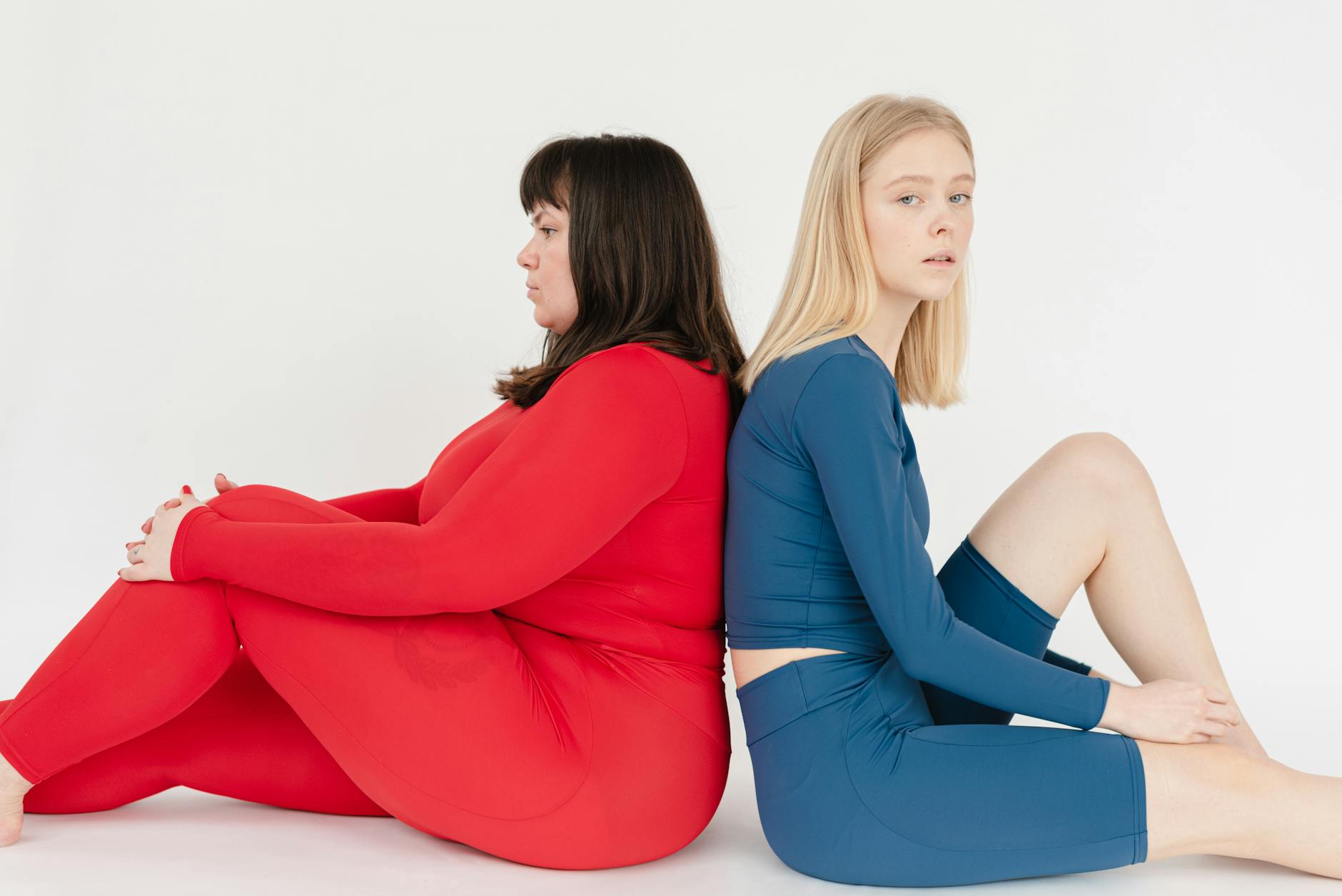 Photo by SHVETS production
Photo by SHVETS production
Environmental influences can also affect the sweat rate. Factors such as temperature, humidity, and air movement play a significant role in determining how much an individual sweats during physical activity. High temperatures and humidity levels can lead to increased sweat production as the body attempts to cool itself down in response to the environmental conditions.
Environmental Influences on Sweating
Environmental conditions can prompt the body to adapt its sweat rate to regulate body temperature. For instance, in hot and humid environments, the body may increase sweat production to enhance evaporative cooling. Understanding how the environment impacts sweat rate is essential for athletes, outdoor workers, and individuals exercising in various conditions to maintain optimal performance and safety.
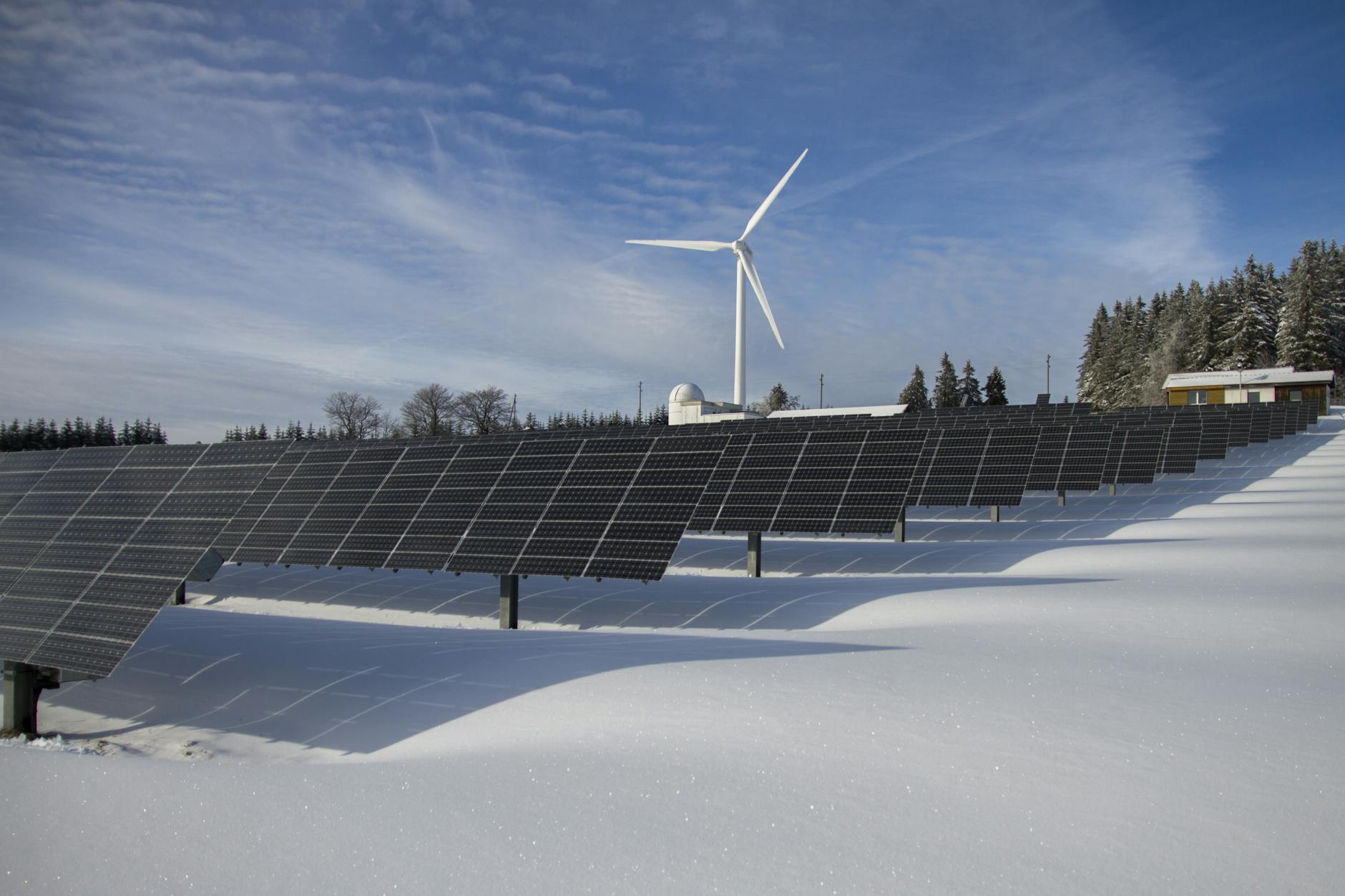 Photo by Pixabay
Photo by Pixabay
The intensity and duration of exercise can directly influence how much a person sweats. As physical activity becomes more vigorous or prolonged, the body’s temperature rises, triggering an increase in sweat production to facilitate cooling. Additionally, the more conditioned an individual is, the more efficient their body becomes at regulating temperature and managing sweat production during exercise.
The Impact of Exercise Intensity and Duration
Endurance athletes often experience a higher sweat rate due to the extended duration and intensity of their training. Simultaneously, individuals engaging in short bursts of high-intensity exercise may also experience significant perspiration. Understanding the relationship between exercise intensity, duration, and sweat rate can aid in effective hydration strategies and overall performance optimization.
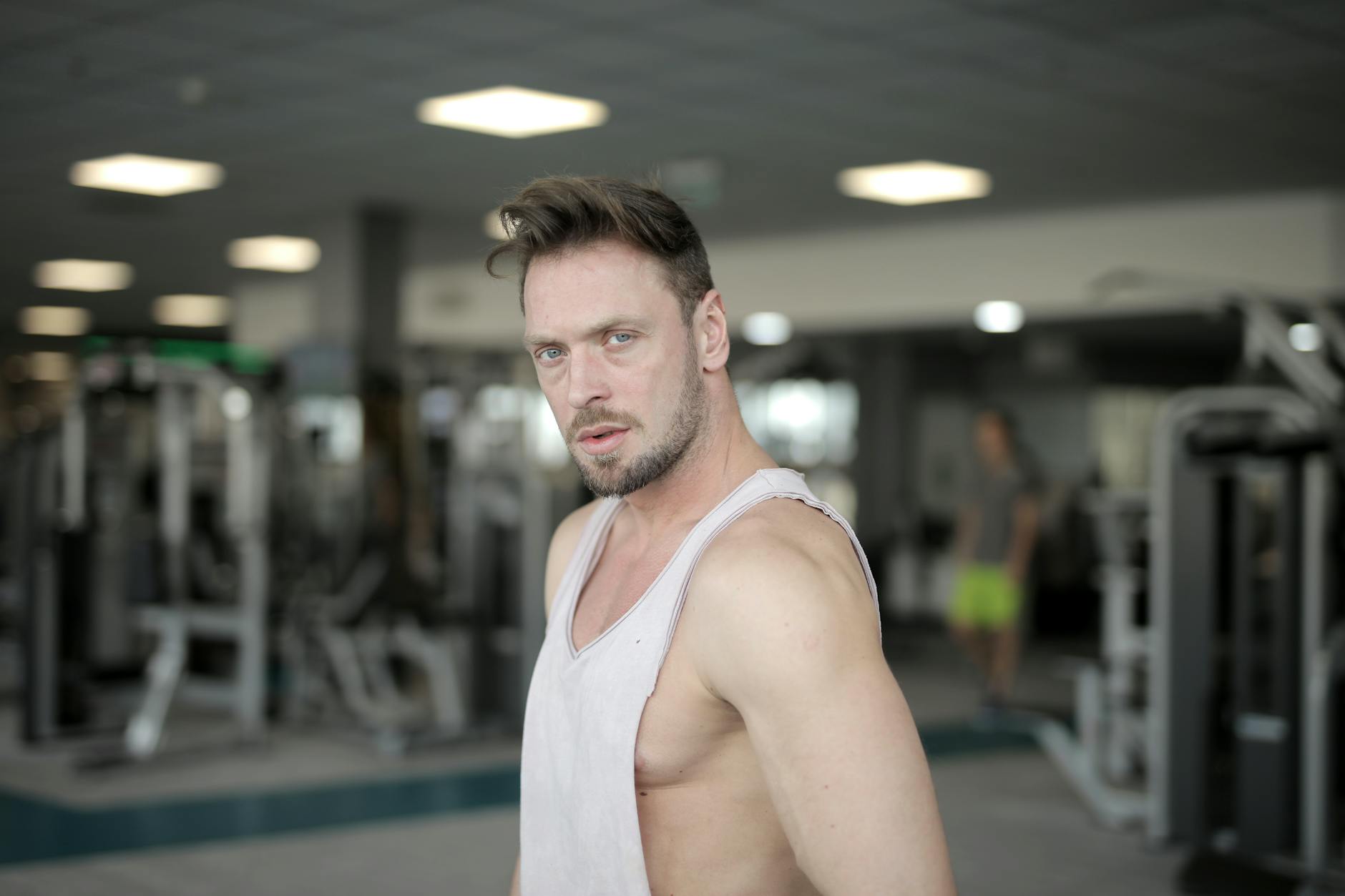 Photo by Andrea Piacquadio
Photo by Andrea Piacquadio
Measuring Fitness Beyond Sweat
In assessing physical fitness, it’s essential to look beyond just the amount of sweat produced during exercise. Other key indicators contribute to a comprehensive understanding of an individual’s overall fitness capacity.
Other Indicators of Physical Fitness
Apart from perspiration, additional indicators play a crucial role in evaluating fitness levels. These include cardiovascular endurance, muscle strength, flexibility, and body composition. Each of these aspects provides valuable insights into an individual’s physical well-being, offering a more holistic perspective on fitness.
The Role of Hydration in Performance
Hydration is a fundamental component of optimal physical performance. Adequate fluid intake supports the body’s ability to regulate temperature, lubricate joints, and transport nutrients to cells. Dehydration can significantly impair physical capabilities, leading to decreased endurance, coordination, and cognitive function. It is important to maintain proper hydration levels before, during, and after physical activity to support overall fitness and well-being.
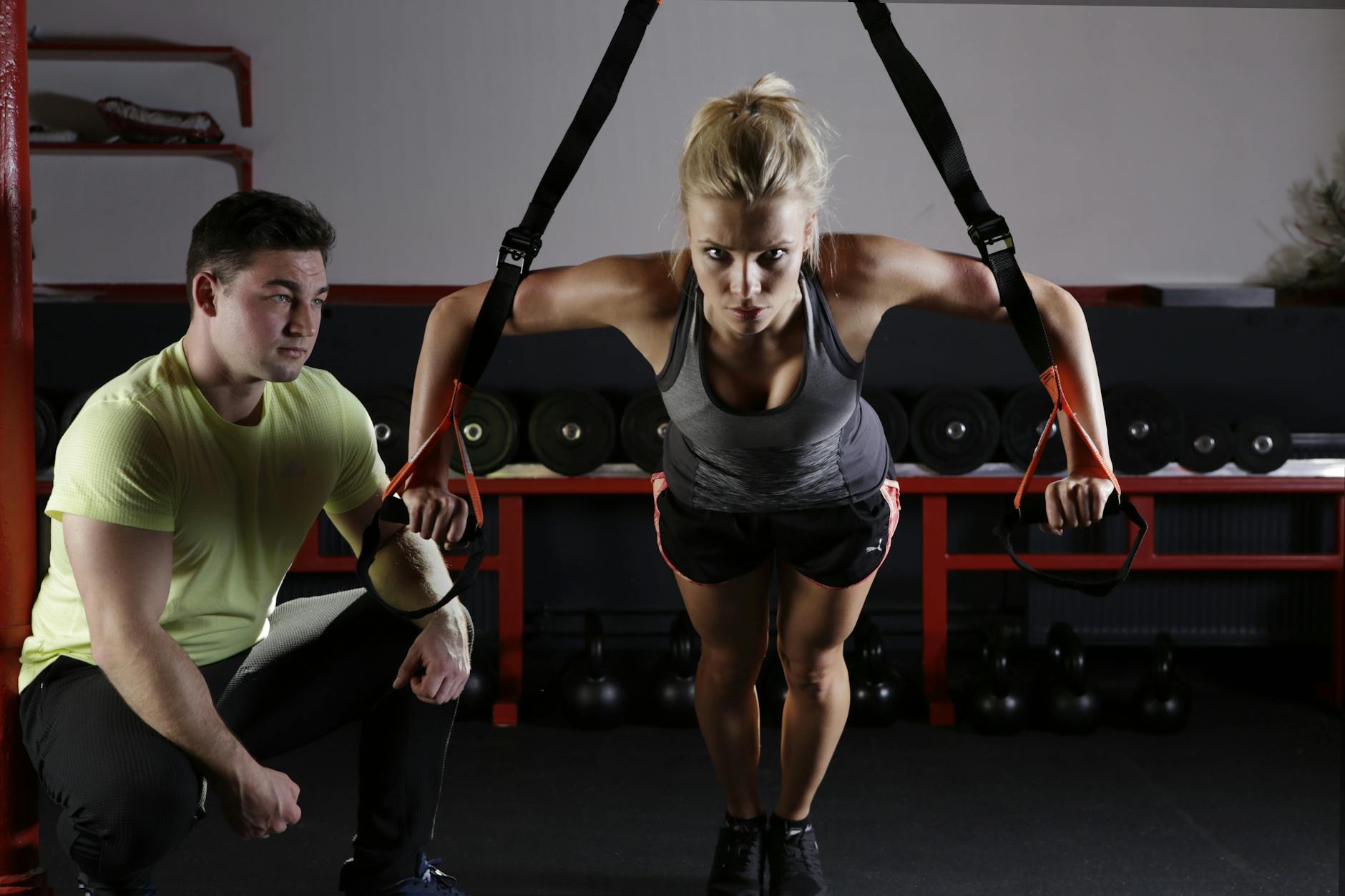 Photo by Pixabay
Photo by Pixabay
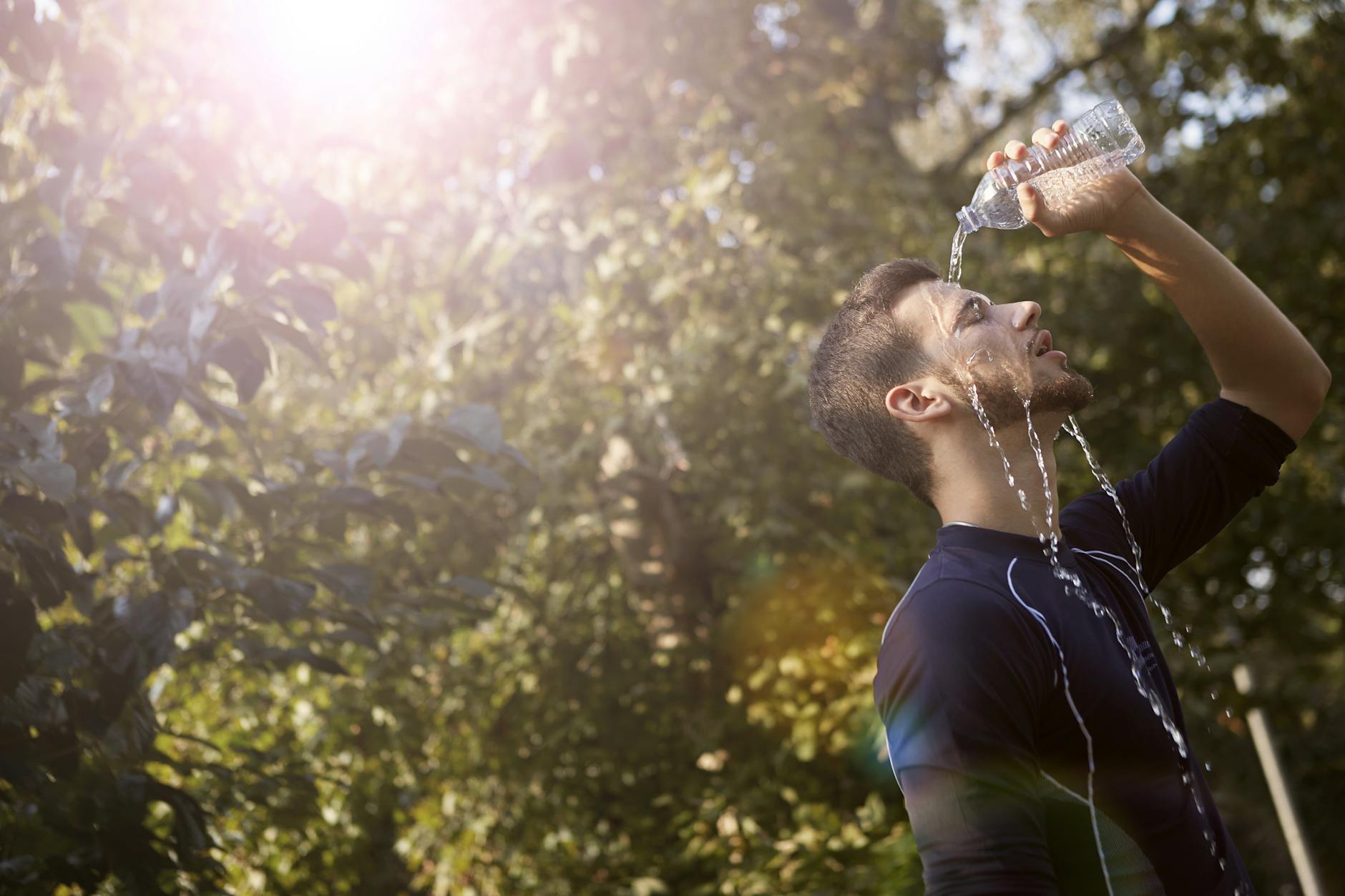 Photo by Andrea Piacquadio
Photo by Andrea Piacquadio
Managing Sweat During Workouts
Whether you’re hitting the gym or exercising outdoors, managing sweat during workouts is key to staying comfortable and safe. Here are some essential tips and gear recommendations to help you stay cool and hydrated while working out.
Tips for Staying Cool and Hydrated
- Stay Hydrated: Drink plenty of water before, during, and after your workout to replenish fluids lost through sweating.
- Wear Breathable Fabrics: Opt for moisture-wicking clothing made from lightweight and breathable materials to help sweat evaporate more efficiently.
- Use Cooling Accessories: Consider using cooling towels, bandanas, or misting spray bottles to keep your body temperature in check during intense workouts.
- Take Breaks in the Shade: When exercising outdoors, take regular breaks in shaded areas to prevent overheating.
- Avoid Peak Heat Hours: If possible, schedule your outdoor workouts during cooler times of the day, such as early morning or late evening.
Clothing and Gear for Sweat Management
When it comes to workout gear, choosing the right clothing and accessories can make a significant difference in managing sweat. Here are some recommendations:
- Moisture-Wicking Tops and Bottoms: Look for workout tops and bottoms specifically designed to wick moisture away from your skin, keeping you dry and comfortable.
- Breathable Footwear: Invest in breathable athletic shoes to prevent excess moisture buildup and reduce the risk of discomfort or blisters.
- Sweat-Resistant Headwear: If you wear hats or headbands during workouts, opt for sweat-resistant fabrics to keep sweat out of your eyes and off your face.
- Hydration Packs or Belts: For longer outdoor activities, consider using hydration packs or belts to conveniently carry water and stay hydrated on the go.
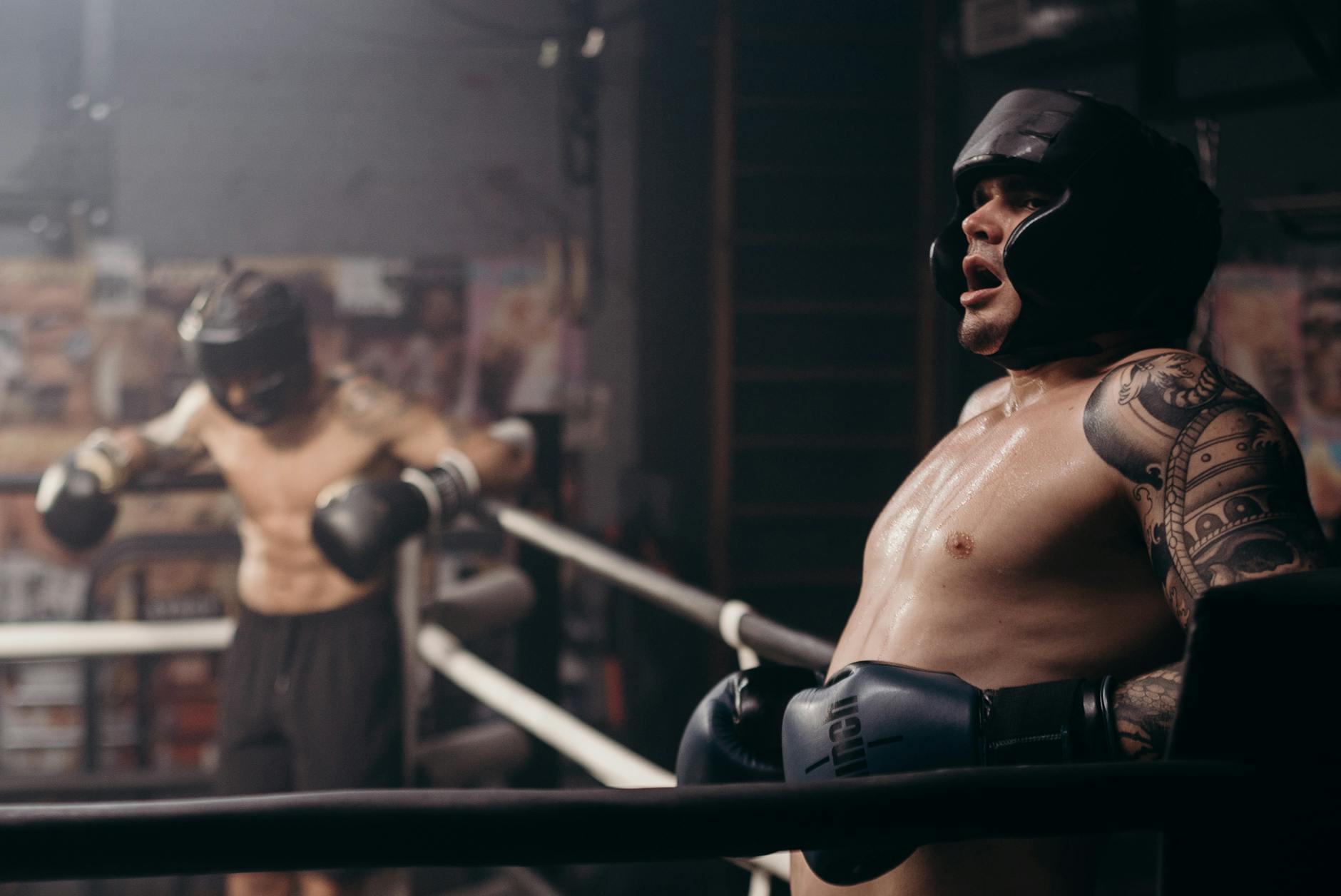 Photo by cottonbro studio
Photo by cottonbro studio
Conclusion
In conclusion, the amount of sweat produced during exercise is not necessarily an indicator of fitness level. While it may seem like fitter individuals sweat less, the reality is that as fitness improves, the body becomes more efficient at dissipating heat, resulting in an increased rate of sweating. This adjustment allows fitter individuals to work harder and produce more heat without the risk of overheating. Therefore, sweating more does not necessarily mean you are less fit; it may actually be a sign of improved heat regulation and increased exercise intensity.

